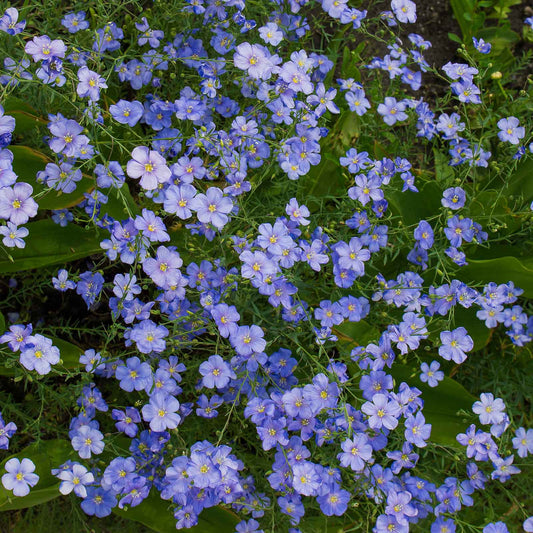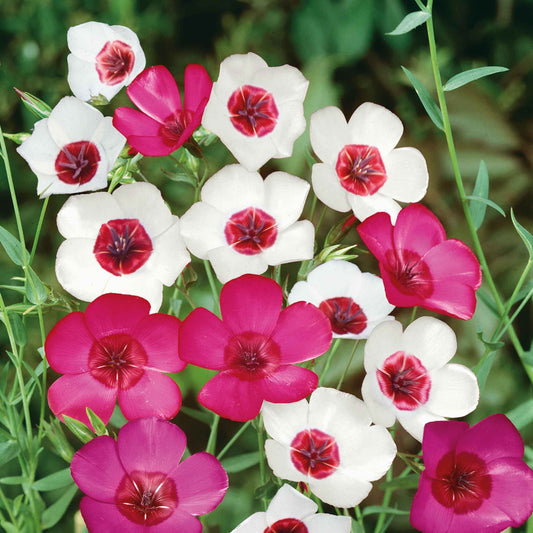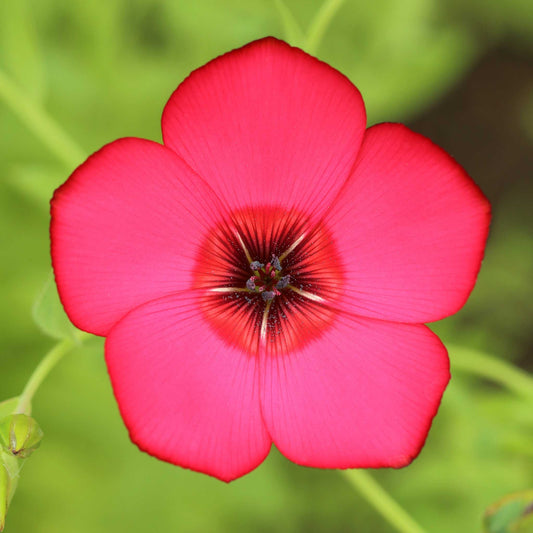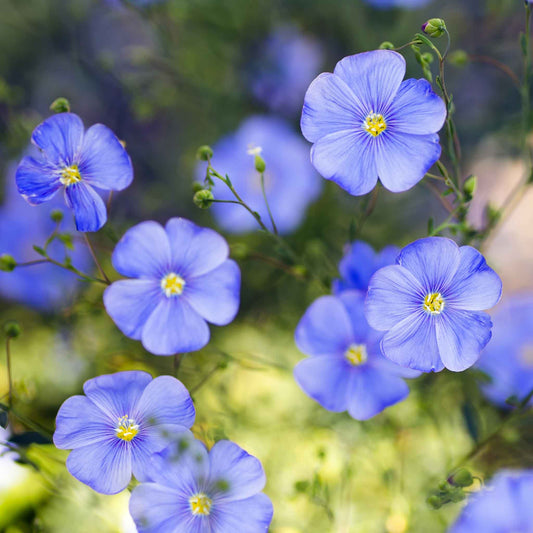-
main-collection-product-grid

Perennial Blue Flax Seeds
Dainty, periwinkle blooms that return season after seasonPerennial Blue Flax Seeds
Dainty, periwinkle blooms that return season after seasonRegular price As Low As $4.99Regular priceUnit price per -
main-collection-product-grid

Flax Seeds - Mixed Colors
Pink, peach, and cream-colored blooms essential to any wildflower meadowFlax Seeds - Mixed Colors
Pink, peach, and cream-colored blooms essential to any wildflower meadowRegular price As Low As $4.99Regular priceUnit price per -
main-collection-product-grid

Scarlet Flax Seeds
This unique variant boasts brilliant cherry-colored bloomsScarlet Flax Seeds
This unique variant boasts brilliant cherry-colored bloomsRegular price As Low As $4.99Regular priceUnit price per -
main-collection-product-grid

Annual Blue Flax Seeds
This naturalized North American wildflower thrives in dry, sandy soilsAnnual Blue Flax Seeds
This naturalized North American wildflower thrives in dry, sandy soilsRegular price As Low As $4.99Regular priceUnit price per
About our flax seeds
- Easy to grow and maintain
- Varieties for every blooming season
- Versatile in its uses
- Beautiful, fast, and easy growing annual
What is Flax?
Linum usitatissimum, or flax, is a genus of approximately 200 species that are native to temperate and subtropical regions of the world. Several flaxes are cultivated as garden ornamentals, but in Eurasia, since Roman times, Linum has been cultivated not only for its plant fiber, but also its seeds and tender leaves for culinary use.
At a top height of 24 inches, some flax seeds such as Linum usitatissimum can be grown for the oil of its seeds, linseed oil. Other commercial uses of this crop, such as spinning linen from flax fibers, have been in existence since Ancient Egyptian times.
Requirements for growing flax seeds
To grow flax seeds in your own garden, sow seeds directly into the soil or in containers after all threats of frost have passed. Flax grows best at temperatures between 55 and 65°F. If you reside in a zone colder than zone 7, start your seeds six to eight weeks before the final spring frost. Flax can grow in full sun, but because it is not drought tolerant, it prefers partial shade in warm climates. Use weed-free soil that has been loosened. For flax flowers, the soil pH should be between 6.5 and 7.5.
While cold stratification isn't required before planting flax seeds, you can do so for two months or germinate the seeds in cooler temperatures for the first three days for more consistent results.
Flax Plants Need Minimal Upkeep
Because flax seeds require sunlight to thrive, plant them directly on the soil's surface. Flax flowers take little to no upkeep once they've established themselves, other from keeping your seed bed free of weeds. Your seeds will attain a height of 6 to 12 inches between 7 to 30 days following sowing. Aphids and powdery mildew are the only two pests or diseases that inflict damage on flax blossoms. Flax blossoms will die off with the first killing frost, and as new seeds fall onto bare ground they will reappear year after year in the same spot.
Baby blue eyes, California poppy, clarkia, Chinese houses, penstemon, and most other annual or herbaceous perennial wildflowers make excellent flax companions.
For more information about planting, growing, and caring for flax flower seed, see the Flax Seeds Planting Guide.



